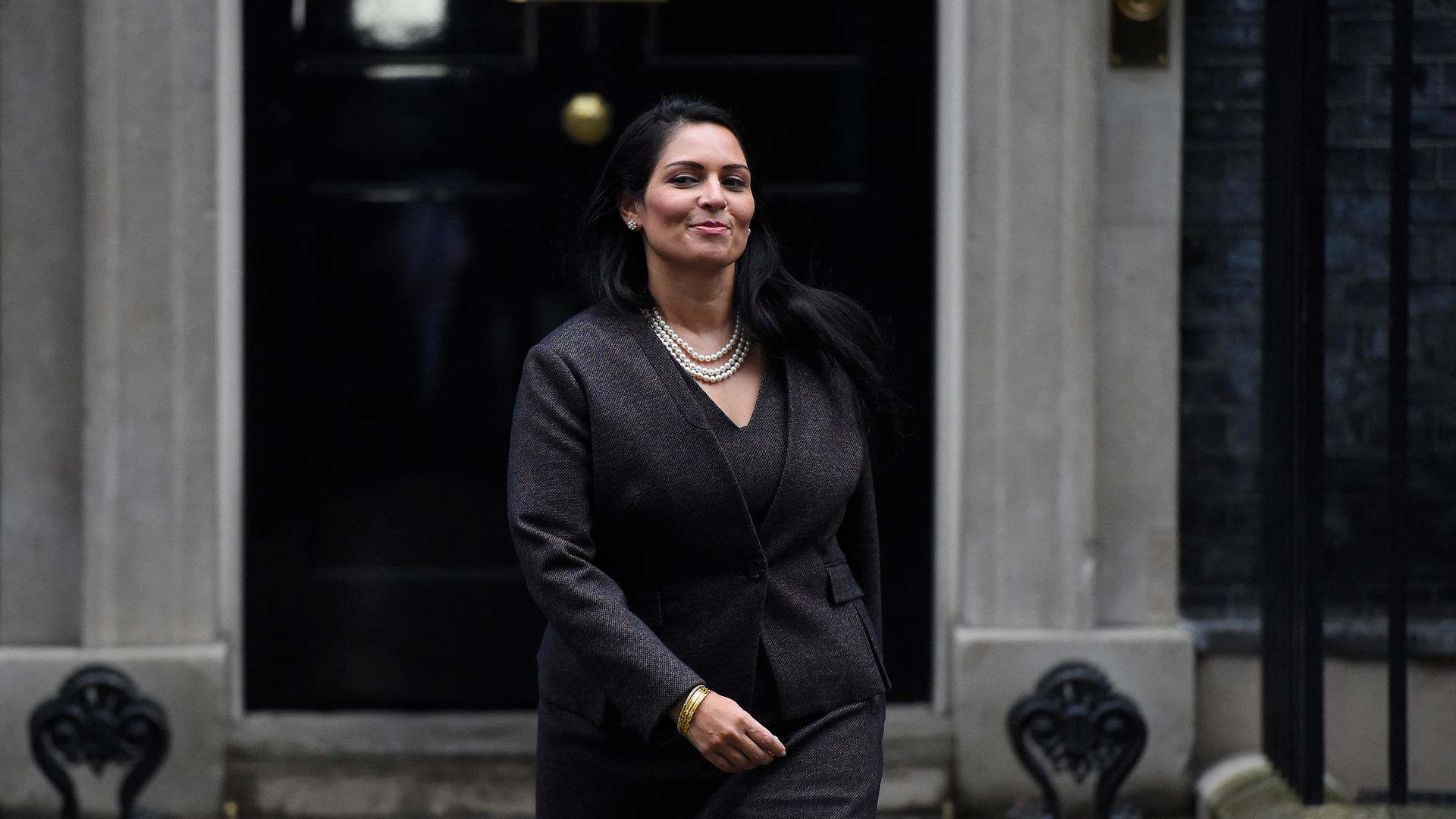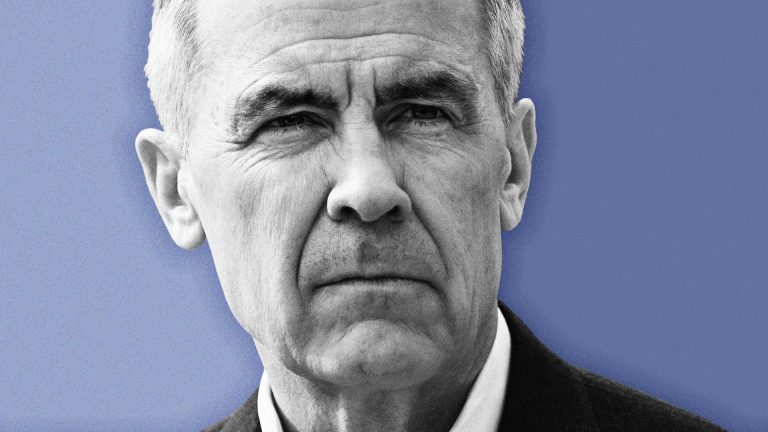
Few politicians come with a reputation as controversial or fierce as Priti Patel’s. Ian Birrell talks to insiders to find out what lies behind that uncompromising image.
Soon after Tony Blair won his second landslide election victory, the Daily Telegraph interviewed five women to ask why they wanted to become MPs for the stale, male and moribund Tory party. Among them was a British-Asian public relations executive who had hung out with “a bunch of lefties” at Keele University, liked to play heavy metal music “loud” and talked “lovingly about her frayed biker jacket and Doc Marten boots”.
The paper’s political editor was so entranced by this 30-year-old with “heaps of self-confidence”, the state-educated daughter of Gujarati shopkeepers, that he concluded she “could be the salvation of the party”.
The headbanger’s name was Priti Patel. She claimed to be the “classic backroom girl” who had never considered becoming an MP but who had become so frustrated with the floundering party – then under the disastrous leadership of Iain Duncan Smith – that she selflessly thought to herself “Dammit, somebody has to do it”. Having started hunting for a seat, she said the problem facing the shellshocked Tories was clear. “It’s in spangly colours and flashing lights: this party has got to progress. It’s all about perception. We are seen as the nasty party.”
This was, intriguingly, two months before the party chairman Theresa May sparked a storm by using the same loaded words at their annual conference. Patel looked and sounded like a prototype for the type of modernisation that was promoted later by David Cameron, a shift in direction that helped her win a safe seat in 2010. Yet fast forward a decade and this same woman – having played a key role in the Brexit campaign that demolished Cameron’s brand of conservatism – is seen by critics as the smirking embodiment of a reinvigorated nasty party.
Patel, now 48, is the hardline home secretary tasked with overseeing an immigration strategy to help shape our post-Brexit nation. She bounced back from a humiliating cabinet sacking to be handed one of the great offices of state, before successfully resisting a second dismissal over bullying charges. Her tough stance is loved by the Tory party’s elderly army of activists, while her robotic style of repeating spin lines infuriates foes.
Despite posing as a symbol of progressive conservatism in that profile, Patel’s views have hardly changed over the decades. She has dropped her support for the death penalty, but still stands for the traditional shire county Toryism of law and order, low tax, small government and suspicion of foreigners. It is no surprise that she found a natural home among Essex Conservatives in the largely-white constituency of Witham. Nor that she is such a popular figure on the party’s rubber chicken fundraising circuit with speeches telling party activists what they want to hear.
Perhaps the most interesting aspect of her ascent is that she is now at the heart of a party that has moved to sound more like her. She is not renowned, however, for strategic flair or smart ideas. “Priti is a totally one-dimensional politician,” said a former Downing Street aide, who added that she was known as the ‘useful idiot’ both in government and the Brexit campaign for the unblinking way that she would take the latest lines. “I’ve never met a less inquisitive or intellectually challenging politician in my life.”
It is instructive to watch a 2011 edition of the BBC’s Question Time in which the new MP argued for restoration of capital punishment by saying it was a deterrent that was needed due to dire failures by the criminal-justice system. She was followed by Private Eye editor Ian Hislop, who spoke with passion about his magazine’s work over half a century in helping overturn miscarriages of justice, highlighting the risk of executions and creating terrorist martyrs.
Asked to reply, Patel simply ploughed on by saying she was not influenced by such arguments. She ignored Hislop’s mocking rejoinder that it was not a deterrent to kill innocent people, mechanically reciting that it was a deterrent for guilty people and the system was failing.
Her debating style has not changed over her time in Westminster – although she denied ever being an “active supporter” of the death penalty in her first interview after becoming home secretary. She used this interview to express a hope that crooks “literally feel terror at the thought of committing offences” following her appointment; certainly criminal-justice reformers were chilled to the bone. Yet a prominent Asian figure in the party told me that Patel reflects a strand of migrant thinking that the left struggles with; one that takes a firm line on many issues on the basis that their family prospered under their own steam and thus does not see why others need much state support, let alone sympathise with miscreants.
When a Labour MP accused the Tories of failing to understand racial inequality, she delivered an impassioned response in parliament. She spoke of being “frequently called a P**i in the playground” as a child, racially abused in the street and advised to use her husband’s name to advance her career. This speech also highlighted how she has been hurt by some personal attacks when she savaged a Guardian cartoon that portrayed her as a fat cow with a ring through her nose. “I have said repeatedly there is no place for racism in our country,” she said. “Sadly too many people are too willing to dismiss the contributions of those who don’t necessarily conform to pre-conceived ideas of how ethnic minorities should behave or think. This in my view is racist in itself.”
Patel was born in London in 1972. Her parents Sushil and Anjana had started a chain of newsagents – including one in Norfolk, the county where their daughter learned to ride a horse – after their lives in Uganda were shattered by Idi Amin’s regime.
She uses this background to tell a well-worn story about why she became a Conservative as the child of hard-working immigrants, joining the party at the age of 18. She identifies Margaret Thatcher – another shopkeeper’s daughter – as her inspiration. Others suggest she is more accurately compared with Norman Tebbit, who also represented an Essex seat and held uncompromising right-wing views.
“Priti genuinely loves this country,” said one fellow Tory MP, who thinks she might next become party chairman. “She adores her parents and sees how Britain embraced her family after their arrival, giving them and thus her – a great platform. She feels enormous warmth towards Britain. And in return there is something about her that the grass roots warm to, seeing her as an expression of Thatcherism when she talks of her parents coming here and her humble beginnings.”
Yet when Europe began to bubble up as a toxic issue for the Tories, Patel left the party in 1995 to work as a press officer for the Referendum Party launched by billionaire financier James Goldsmith. “She was pretty, flirtatious and hard as nails,” recalled one Westminster journalist, adding that she “disrupted the narrative about Goldsmith being a racist misogynist”. Critics have subsequently argued her presence on the frontline helped disrupt similar narratives about Brexit and Tory immigration policies.
She rejoined the Conservatives after the 1997 general election, becoming a press aide to William Hague. “Everyone liked her since she was competent, fun, affable, handled journalists well,” said one colleague at Tory Central Office. “But no-one would have predicted great things for her.” When I asked this person what he thought of her these days, his reply was terse and highlighted her ability to divide opinion. “I think she is absolutely appalling.”
She later moved into the private sector, where she lobbied Brussels against tobacco controls and worked on ‘reputation issues’ for British American Tobacco over its work with the military dictatorship in Burma. Patel fought a Nottingham seat in 2005 election before landing Witham as part of Cameron’s drive to diversify the look of the Tories. Asked by a local reporter if her selection was tokenistic, she replied that the question was “patronising and insulting”.
She met her husband Alex Sawyer on a by-election campaign. During Patel’s stint as secretary of state for aid in Theresa May’s government, it emerged that he was holding three paid posts: working as a marketing consultant for the US stock exchange Nasdaq; earning tens of thousands of pounds running her office; and serving as a councillor in south London.
Once in Westminster, her PR skills and media contacts garnered attention. One fellow member of the 2010 intake, admiring her skill at courting publicity, was amazed to see she even wangled an invite to Rupert Murdoch’s wedding to Jerry Hall.
She caused a stir with Britannia Unchained, a manifesto for turbo-charged Thatcherism written with other rising stars including Liz Truss and Dominic Raab. This slim book called British workers “among the worst idlers in the world” and praised “the intense spirit of competition” found in communist China. It also called on Britain to ‘stop indulging in irrelevant debates about sharing the pie between manufacturing and services, the north and the south, women and men’. Now they are all key ministers in a free-spending government focused on levelling-up the north.
She has always been consistent in her desire for Brexit. Although friends say she liked Cameron since he listened to her views on building party relationships with ethnic minorities, he wrote in his biography that among “raging Brexiteers” it was her behaviour “that probably shocked me the most” during the 2016 referendum campaign with pointed attacks on “wealthy” leaders of Remain, criticism of the party manifesto she stood on the previous year and hammering of her own government on immigration. “I was stuck, though: unable to fire her because that would make her a Brexit martyr and fuel the psychodrama,” noted Cameron.
Theresa May had no such difficulties, however, after Patel was found to be indulging in freelance foreign policy with unofficial meetings of ministers during a holiday in Israel, which ensured her first job in the cabinet ended in ignominy. Her sacking was a humiliation, with an order to fly back from Kenya to face the music. Yet the pair were never soulmates. The serious and shy prime minister, a former home secretary, saw her international development secretary as shallow while Patel allegedly described her boss in private as “that f**king woman”, believing she was leading an establishment fightback to soften Brexit.
Ministers and officials were not sad to see Patel’s exit from a department that she had previously argued should be abolished. Cabinet members mocked her penchant for speaking in management cliches that made little sense, joking after meetings they had no idea what she was saying. “She had zero understanding of development and it was impossible to educate her,” one departmental insider told me. “Everything was designed to advance her career in order to rescue herself from a job she saw as a hospital pass.” There were suspicions she was briefing the media about struggling aid projects so she could claim to be sorting out the problems.
The big question that dogs Patel is not about her views, which are crystal clear, but about her behaviour, after a cabinet office inquiry found she broke the ministerial code by bullying officials. She apologised, admitting “I’ve clearly upset people”, but Johnson retained her as home secretary, sparking the resignation of his standards adviser. One former Downing Street aide called her “the classic kiss up, kick down” character when I asked about this, yet other MPs and aides say she can be kind and forgiving of criticism. Perhaps the most accurate appraisal came from a former minister: “She is not a nasty person, not some kind of sadist, just out of her depth and trying to show she is in control so she tends to assert herself far too much.”
Did hostility from officials lie behind the recent leaks about her department looking at ludicrous plans to dump asylum seekers on islands in the south Atlantic and use wave machines to deter boats in the Channel? Regardless, Patel has used her time in the home office to rebuild bridges with the police and try to clear up the Windrush mess left by May as well as to unveil the government’s new immigration strategy. According to one well-connected source, she thinks the “the problem with the Home Office is that they see their role as stopping all people getting to this country when they should see it as stopping the wrong people while letting in the right people”.
The central feature of the new immigration strategy is a system that allocates points for speaking English, earning above £25,600 and having an approved job offer. It is called an Australian-style system, although in reality the ideas date back to reforms introduced under Blair with an emphasis on people deemed sufficiently skilled for entry.
There are fast-track visas for doctors and nurses – although not for care workers despite a terrible staffing crisis in the sector that has been intensified by Brexit. Critics complain their approach is bureaucratic, complex and very inflexible. Meanwhile Patel has unleashed a barrage of crass attacks on “do-gooders” and “lefty lawyers” defending the rights of refugees, even lumping them in with people traffickers as she assails them for supposedly “defending the indefensible”.
One friend suggested Patel is aware that her rise may not take her to the very top. “She’s the only member of the cabinet who does not sit there thinking that she could do a better job than Boris,” he said. “It is very difficult in the public limelight, but on a different level for the prime minister. She likes her job but would not like that. I don’t think she wants to be PM.” Who knows if this is true or not, given the remorseless ambition that has seen her impressive rise to date. She may not be the saviour of her party, as predicted all those years ago. But she does symbolise how cosmetic modernisation in politics can backfire with nasty consequences.
This article was originally published by Tortoise, a different kind of newsroom committed to a slower, wiser news. To try Tortoise, New European readers can get a 30-day free trial and a special half price offer: just go to www.tortoisemedia.com/friend/trial and enter the code TNE50. You’ll get access to all of Tortoise’s investigations, live editorial meetings, audio articles and daily news briefing emails.








